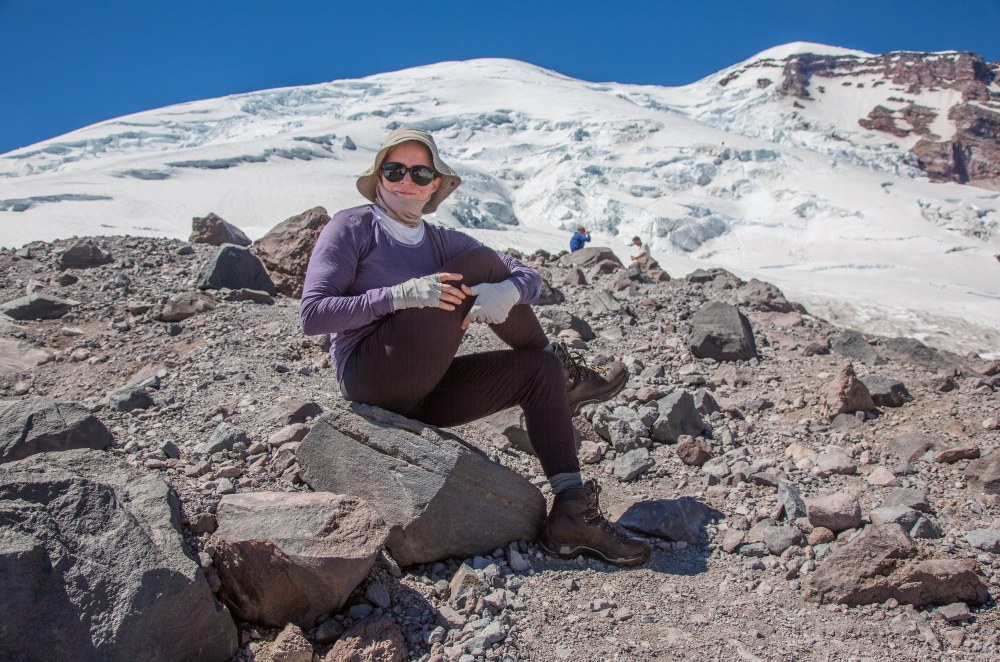
by Courtenay Schurman, MS, CSCS, PN2
Imagine returning to the car after hiking double-digit miles into triple-digit temperatures, finally pitching your heavy pack into the back of the car. Before you take off to the local pub that serves nachos, pizza, and beer, consider how you’ll feel after an hour or more in the car.
If you’re like most hikers, backpackers, and climbers, the last thing on your mind is stretching. But spending a few minutes targeting those muscles that just worked so hard for you, you can help prevent what’s known as DOMS, or Delayed Onset Muscle Soreness — the soreness and stiffness that can occur following unaccustomed or strenuous exercise.
STRETCHES AT THE TRAILHEAD
HIPS - To stretch your glutes, while you change out of your boots, in a seated or standing position, simply cross one ankle over the knee and gently bend forward.
HAMSTRINGS - Lean over with hands on your thighs, gradually reaching to the knees, shins, toes, ground.
BACK - Hang forward with arms crossed at the elbows and relaxed down toward the ground to elongate the entire upper back side of your body.
CHEST - Especially important following time spent carrying a heavy pack. Simply place your hands at the small of your back, draw elbows back and look up toward the sky.
CALVES - Elevate your toes against the tire well with heel dropped down to relieve calves and Achilles tendon from any steep terrain.
ON THE DRIVE HOME
If you are a passenger, consider bringing a baseball or tennis ball with you for the drive home. You can sit on it to work out trigger points in your glutes and hips, or roll the bottom of your foot over the surface if your feet are tired or tight. If you are driving, consider making a few stops (gas, snacks, water breaks) if your drive will be longer than 60-75 minutes home. One of the tricks my husband and I use is challenging each other to a “squat off” where we stand facing each other and drop to the ground in as full a range of motion squat as we can. It’s not unusual to have several slow and painful squats until the blood gets moving again, but with each one we feel progressively looser. Moving in full range of motion helps the tissues stay limber so we’re not as sore when we get home.
WITHIN 2 HOURS OF GETTING HOME
About the worst thing you can do when you get home is plop onto the couch to veg. Try a soak in a hot tub (a hot bath or shower will work well, too). Go for an easy walk to help your muscles recover more quickly. A short nap can help, especially if you got up early to start your trip. And don’t forget to rehydrate to replenish all the fluids and electrolytes you lost on the trail.
So even though your trip is done, spending some time on recovery will help you be better prepared, sooner, for your next objective. Happy training!
For more how-to exercises and nutrition tips for the outdoor athlete, visit Courtenay Schurman’s website at www.bodyresults.com or send her a question at court@bodyresults.com
Add a comment
Log in to add comments.Great tips! Putting tennis balls in the car now!!
 Courtenay Schurman
Courtenay Schurman